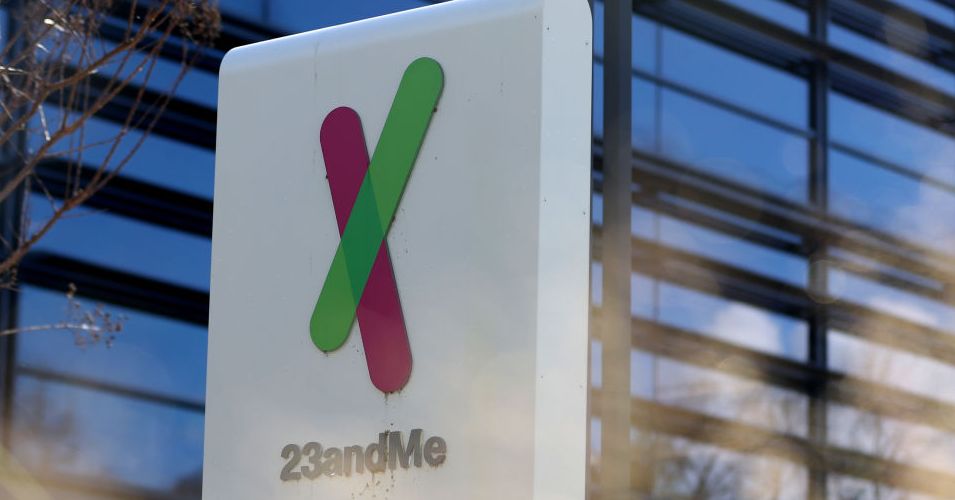While injected GLP-1 drugs are incredibly effective at spurring weight loss, they also come with some downsides. There can be gastrointestinal side effects and loss of muscle mass. The drugs are also expensive, at $1,000 a month or more in the US before insurance. Drug companies are interested in developing anti-obesity pills because of their relatively cheap cost to manufacture compared to injectables, and the fact that some patients would prefer to take a pill.
“There’s still an unmet clinical need, and that’s where Eolo wants to help,” says María Pía Garat the company’s CEO.
Eolo didn’t exactly set out to make a weight-loss pill. Researchers at the company were originally trying to develop a drug to target inflammation, especially the kind that occurs in obesity and type 2 diabetes. But when they started testing their experimental drug in mice, it not only improved inflammation but also led to a reduction in body weight while they were on a high-fat diet. They have performed experiments out to nine months and found that the mice eventually dropped to their starting weight even while they were still eating the same, high-fat diet.
In mice, SANA also preserved lean muscle mass. MRI scans show that mice treated with SANA had a greater percentage of lean body mass compared to controls, despite substantial fat loss.
“We’ve had stimulants before to try to increase your caloric output,” says Hans Schmidt, chief of bariatric surgery and co-director for the Center for Weight Loss and Metabolic Health at Hackensack University Medical Center, who wasn’t involved in the study.
One of those was the drug combination fenfluramine-phentermine, known as fen-phen, which was sold in the 1990s for weight loss but was taken off the market for causing heart damage. “Those work on overall metabolism. They make you jittery, make you energized. This seems to work specifically at a cellular level on your fat cells,” he says.
Of course, Eolo’s study was very small, and the drug will need to be tested in more people to better understand its effects. The company is planning a Phase II trial later this year that will include around 100 participants with obesity and follow them for 12 weeks. They hope to conduct that trial in the United States. Garat thinks Eolo’s drug could eventually be used as a stand-alone approach or in combination with GLP-1 drugs to produce more weight loss.
“Right now we are bringing a backhoe to the construction site when we need many more tools. We need more mechanisms like this that work on pathways other than appetite,” says Angela Fitch, former president of the Obesity Medicine Association and the cofounder and chief medical officer of Knownwell, a primary care company specializing in obesity care. Fitch is not involved with Eolo.
Current GLP-1s can achieve up to 20 percent weight loss, and while that may be enough for some patients, others may still need to lose more to get to a healthy weight. “New medications,” she says, “present the opportunity to make an even greater impact.”







